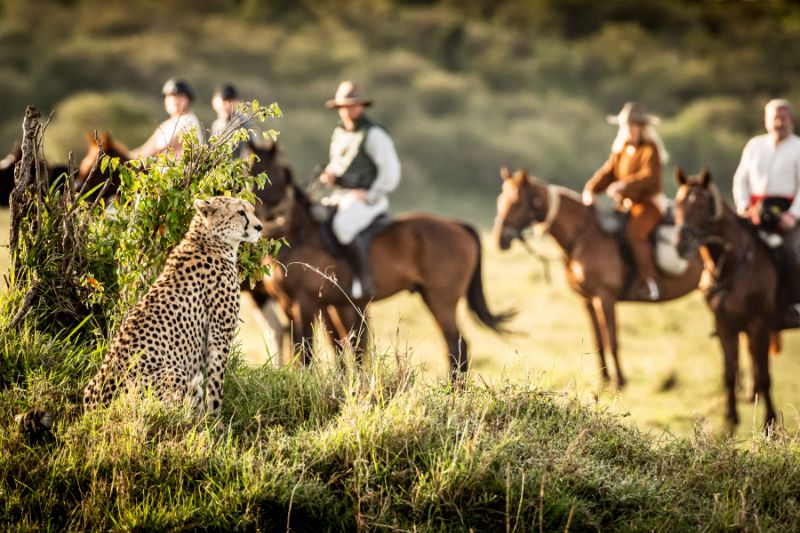Maasai National Reserve
Masai Mara National Reserve
Maasai Mara is located in southwestern Kenya, is a renowned wildlife haven renowned for its breathtaking natural beauty, abundant wildlife, and rich cultural heritage, the reserve covers approximately of about 1510 square kilometers, the reserve is situated within the Maasai People’s ancestral lands, offering a unique blend of African culture and untouched wilderness. The Mara River and its tributaries weave through the reserve, supporting an incredible diversity of flora and fauna, including the big five mammals like elephants, leopards, buffaloes, rhinoceros and lions. The reserve is a famous for its annual great migration (July to October) where the millions of wildebeests, zebras and gazelles traverse the landscape in search of the greener pastures.
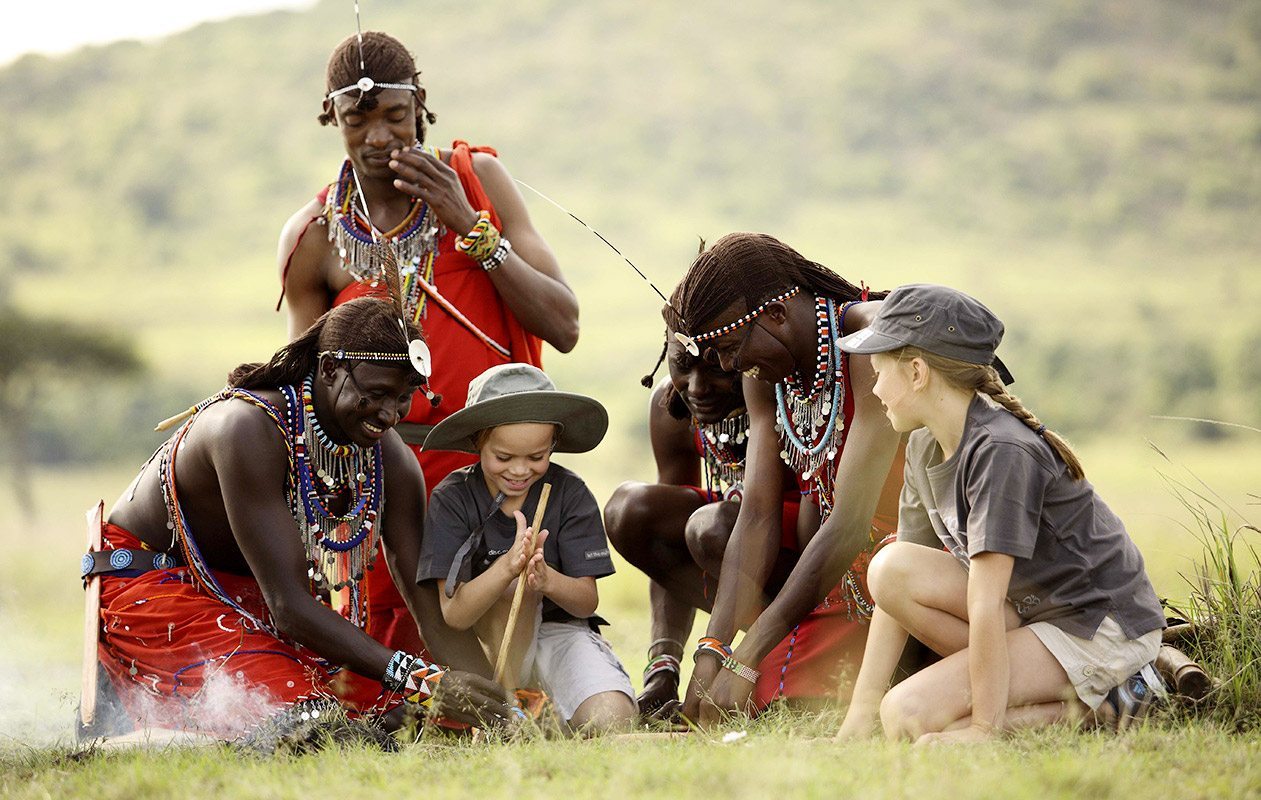
Attractions in Amboseli national park.
Animal species.
Maasai Mara national reserve is a home to an incredible diversity of the animal species including the big five mammals including the lions, buffaloes, rhinos, elephants and leopards, as well as cheetahs, hyenas, wild dogs, giraffes, zebras, wildebeest, gazelle, hippos, impalas and among many others. The reserve also boasts over 470 bird species like the eagles, vultures, and ostriches and among others. The reserve also is a haven for the reptiles, amphibians, and insects making the reserve a premier safari destination for the wildlife.
Mara North conservancy.
The largest conservancy is adjacent to Masai Mara it’s a 30,000 acre private wildlife conservancy offering exclusive and uncrowded game viewing safari experiences. This pristine wilderness is a home to the big five mammals with the scenic views of the Oloololo Escarpment and Mara River. Mara North conservancy prioritizes sustainable tourism, supporting local Maasai communities and conservation efforts, while offering luxurious accommodations, guided walking safaris, night game drives, providing an intimate and immersive African safari experience.
Bird species.
Maasai Mara national reserve is a birdwatchers safari destination, hosting over 470 species, including the iconic birds like Martial eagles, Lappet-faced vultures, secretary birds, ostriches, Lilac-breasted rollers, Pygmy falcons, Saddle-billed storks, wattled plover and among others, The reserves diverse habitats, from grasslands to woodlands and riverine forests, support a wide range of birdlife, making it an ideal destination for the bird enthusiasts and photographers.
Ol Kinyei conservancy.
Ol Kinyei conservancy, a well-known ecosystem in the Maasai Mara national reserve its pioneering 18,700 acre private wildlife sanctuary pioneering community driven conservation. As the first community-owned conservancy in Kenya in Kenya, Ol Kinyei protects a safe haven for the endangered species like the big five mammals.
Musiara swamp.
In the northernmost portion of the Maasai Mara national reserve, Musiara Swamp is a large marshy area near the beginning of the Mara River in the heart of the reserve. It is a famous spot for game viewing, where visitors can see a variety of wild animals, including rewarding sightings of lionesses perched on trees, herds of elephants, leopards, buffalos, hyenas, and cheetahs, as well as birds like ostriches.
Eluai plains.
Eluai plains is located in the southeastern sector of Maasai Mara national reserve, is a vast, open grassland ecosystem that stretches as far as the eye can see. This picturesque landscape, dotted with the scattered acacia trees, is a hub for the wildlife activity, particularly during the great migration (July to October). The plains supports an incredible diversity of wildlife.
Olypunyata swamp.
The olypunyata swamp is an opportunity to explore and encounter something new in lifetime where you will experience large number of wild animals around swamp linking for water like the elephants, zebras, giraffes and a variety of aquatic bird species as you experience and observe the beautiful nature of the swamp. The swamp is located in the northwestern sector of Maasai Mara national reserve, it’s the vital wetland ecosystem and wildlife spot, this perennial swamp is fed by the Mara River that supports incredible animal species.
Olarek Orok conservancy.
Olarek Orok conservancy is an outstanding attraction when it comes to Maasai Mara national reserve because it has a gorgeous land scape and the area provides with fresh breathing air and also rewarding the sight viewing of the big 5 in the reserve like the elephants, buffalos, black and white rhinos, leopards, lions. Along with millions of wildebeest, you can see cheetahs, hippos, zebras, and many more animals on your safari in the reserve. The conservancy is 13000 acre community owned wildlife conservancy.
Mara River.
Mara River is approximately 395 kilometers long, is the lifeblood of Masai Mara National Reserve, flowing through the heart and supporting an incredible variety of wildlife most of the water or acquatic animals like the hippos, crocodiles, water birds and many reserve’s features. Its tranquil flow and surrounding lush vegetation make Mara River a massive centerpiece of Maasai Mara national reserve, offering unforgettable safari experience.
Mara Triangle.
Mara triangle is a wonderful safari destination to tour during your time in Maasai Mara national reserve in the southwestern part of the reserve, its 520 square kilometers managed by the non-profit Mara conservancy, the triangle is well watered by the Mara river and it has a satisfying touring of abundant vegetation, wildlife and rainfall and its ecology looks fantastic because of its beautiful natures that attract tourists, it is less visited and less crowded, with fairly good concertation of wildlife all year around including the big five (buffalo, lion, elephant, rhino and lion)and diverse plain game like cheetah, hyena, jackal, wildebeest, zebra, giraffe, waterbuck and many more.
Nashulai Maasai conservancy.
This is the Maasai community-managed conservancy that was established on the boundaries of the Maasai Mara National Reserve, its 6000 acre community owned wildlife conservancy. It was initially established solely for the conservation of the environment and wildlife, but because there wasn’t enough land for the surrounding community, the locals also live there and share the area with livestock and wildlife, creating a unique hybrid conservancy in Mara. This conservancy exemplifies community-driven conservation, promoting harmony between humans and wildlife.
Lemek Conservancy.
Lemek Conservancy, which occupies an area of around 19,000 acres in the northern part of the Maasai Mara National Reserve and is the greatest place to see wildlife, was established to maximize the sustainability of the Mara eco system.
Great migration.
The great migration in Maasai Mara national reserve is one of the world’s most spectacular wildlife events. Every year, approximately 1.5 million wildebeest, 200,000 zebras, and 500,000 gazelles migrate from Tanzania’s Serengeti national park to Maasai Mara National reserve in Kenya(July to October) in search of the greener pastures. Witnessing this phenomenon in Maasai Mara is a thrilling safari experience for the nature lovers.
Activities to do in Amboseli National park
Game driving.
The massive safari activity in Maasai Mara National Reserve is game driving. It involves taking a 4×4 open-roof safari van on an adventure drive into the wild as visitors enjoy up-close views of the park’s animal species, led by the expert guides. There are three different times of day to go game driving in the park: morning, afternoon, and nighttime. Maasai Mara National Reserve rewards visitors with the opportunity to view over a thousand animals while they are there. From July to October, animals from the Serengeti cross the Mara River into the reserve in search of new pastures and water. This is the time when they arrive for breeding, as the grazers attract more predators, particularly large cats, because there is more food available.
There are many different animal species in Maasai Mara National Reserve, including the big five: lions, leopards, buffalos, elephants, and rhinos. There are also hyenas, giraffes, gazelles, hippos, hartebeests, zebras, antelopes, crocodiles, and many more

Seeing the Wildebeest migration.
A great and significant safari experience takes place in the Maasai Mara National Reserve during the wildebeest migration, which takes place from July to October. The reserve is home to one of the most amazing wildlife spectacles in the world, with millions of wildebeest, thousands of zebras, and Thomson’s Gazelles migrating from the Serengeti across the Mara River in search of greener grass and water. Along the way, the animals face numerous challenges. In addition to predators, thousands of them drown or are eaten by crocodiles. Then, those who dare to cross the river must face the great predators of Africa; the migration is so vast that it is visible from space. Visitors come to see the amazing animal display, the calving season, and the conflict between predator and prey.
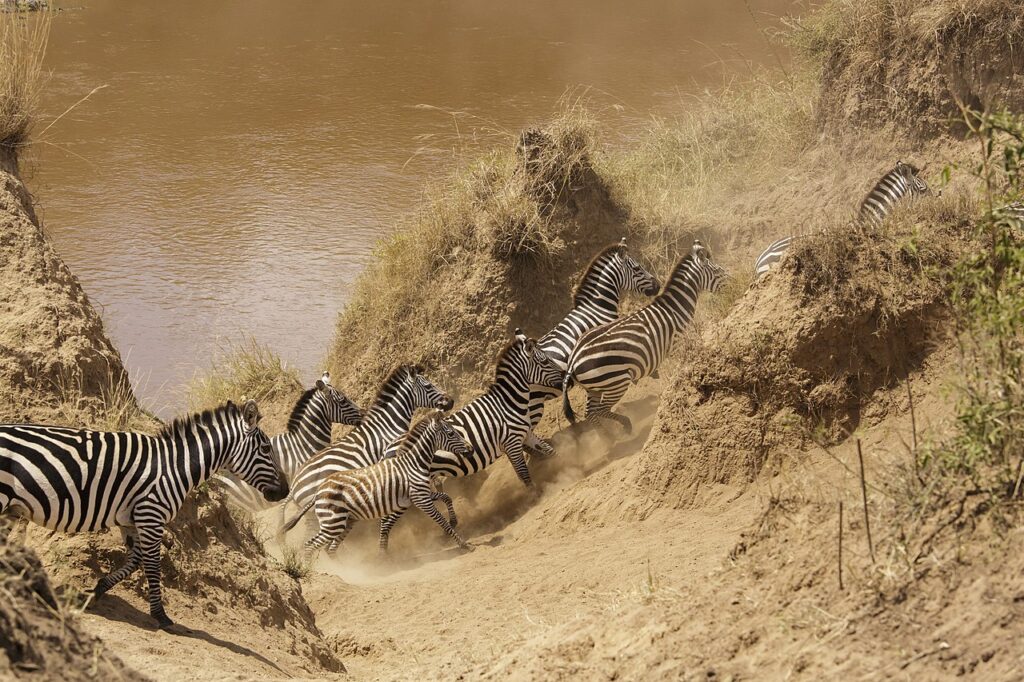
Bird watching.
With more than 470 bird species makes Maasai Mara National Reserve a birdwatcher’s paradise. Some of the bird species to be spotted includes Giant ostriches and vultures, among other birds of prey, can be spotted there. A bird viewing safari offers the chance to see a variety of bird species, such as hornbills, pelicans, spoonbills, eagles, hawks, pelicans, European bee-eaters, Abyssinian rollers, storks, ducks, and geese. Naturalists or skilled ornithologists can lead you on a bird watching tour in the reserve, providing you with information on different bird species, animal species, and plant species.
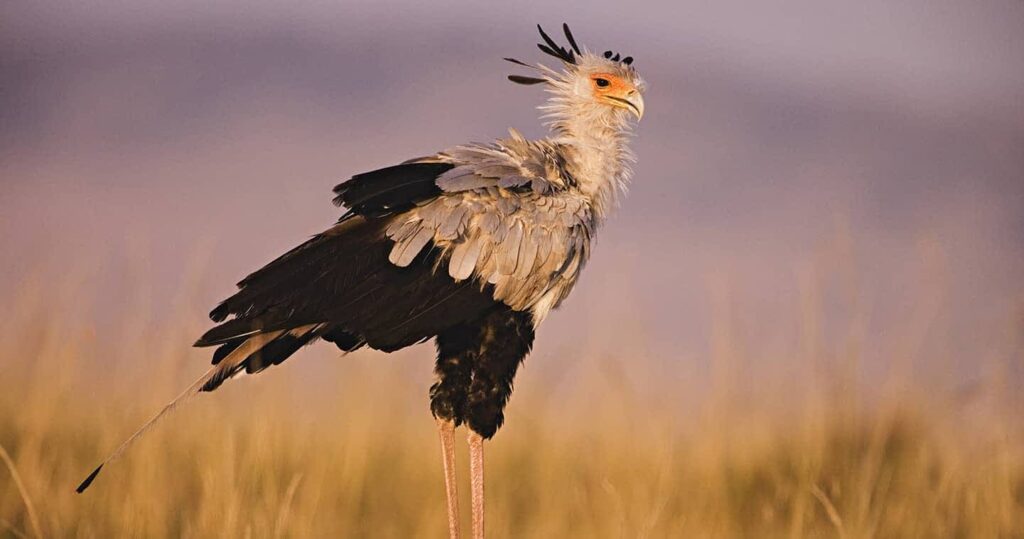
Guided nature walks.
Guided nature walks in Maasai Mara National reserve offer an immersive and intimate connection with the African wilderness, accompanied by experienced Masai guides, while exploring the reserve’s diverse habitats, from grasslands to woodlands, while spotting wildlife up close like giraffes, antelopes, bird species, plants, trees, this provides you the best experience fostering a deeper appreciation for Africa’s stunning natural beauty.
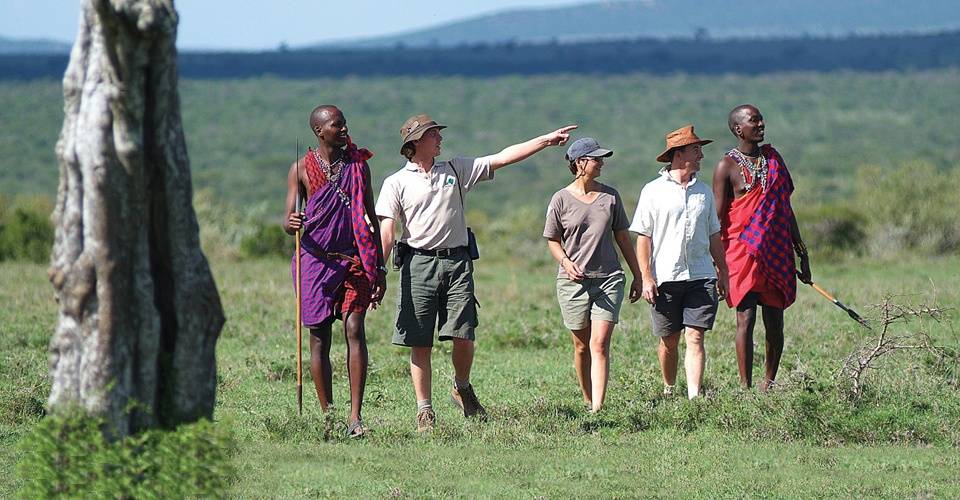
Hot Air Balloon safari.
Balloon safaris are once-in-a-lifetime safari experiences that travelers will never forget. The balloon’s startling noise and tremors can be frightening, so most visitors are advised to sit down and cover their eyes. As the balloon slowly lifts the basket into the air, you’ll feel your heart race and your body go crazy, but you have no control over it. The activity begins in the morning and lasts for approximately one or two hours, depending on the weather. During this time, tourists can enjoy the birds’ aerial views of the Great Rift Valley’s undulating scenery, forests, and closely observing cats especially if they are hunting while following them and joining them on their hunt. Certificates are awarded to each participant, and the Hot Air Balloon Safari is a terrific way for families and couples to spend a romantic evening together. It also lets people take amazing pictures of the area.
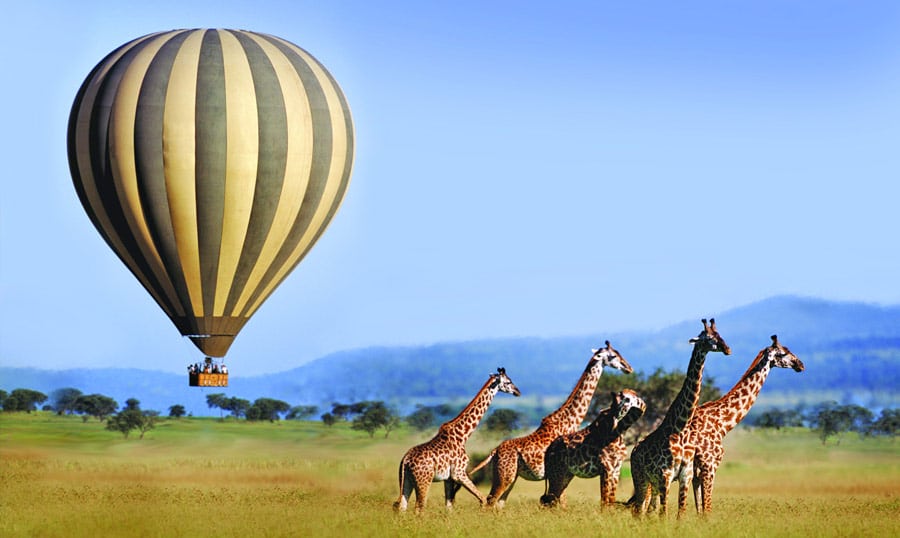
Cultural Encounters
With their distinctive way of life, the Maasai culture is among the best in Africa. These pastoralists, who hunt more animals on foot, have a distinct culture that is unmatched anyplace else in the world. Even while visitors from all over the modern world regularly move with them and preserve their traditions, these people have lived in and around the reserve for more than 200 years, adhering to unalterable traditions, norms, and practices. Known for their tall stature and vibrant attire, the Maasai tribesmen are among the most fascinating ethnic groups in Africa. They hold the belief that all livestock in the world originally belonged to their forefathers and that any that are currently missing were pilfered for them. In addition to providing an amazing wildlife safari, the Maasai Mara National Reserve offers unique cultural experiences.
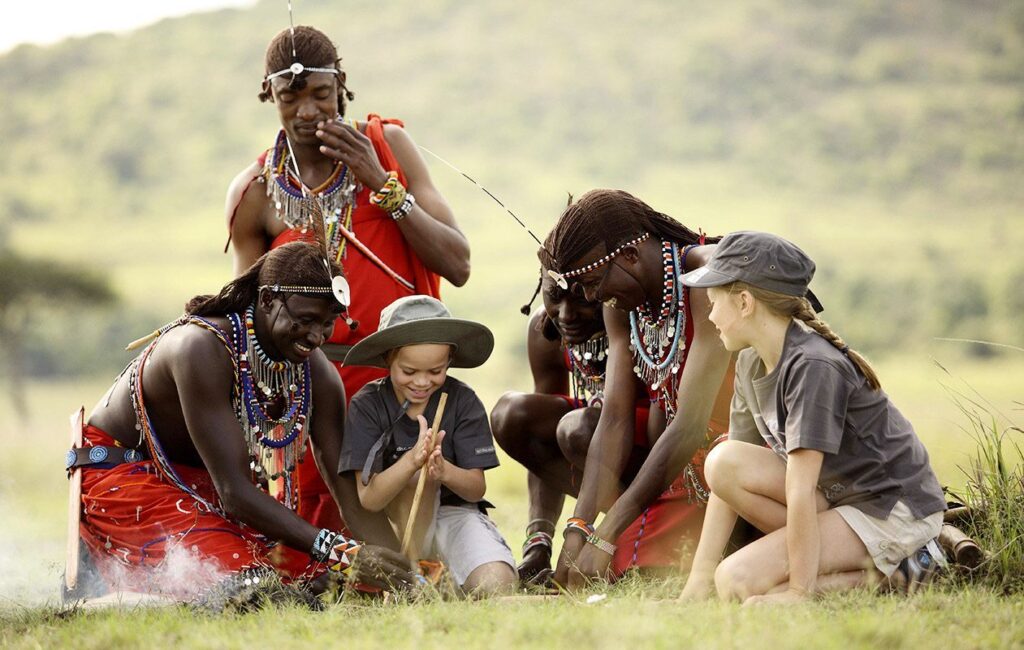
Horseback safaris.
An excursion known as a “horseback safari” takes place outside of the main Maasai Mara National Reserve in conservancies. Riders are taken far into the Mara to see antelopes, wildebeests, leopards, lions, giraffes, elephants, and many other animals. It is the most environmentally friendly method of visiting the area without creating noise or pollutants. The native Maasai guides, park rangers, or conservancy owners can lead the equestrian safari.
